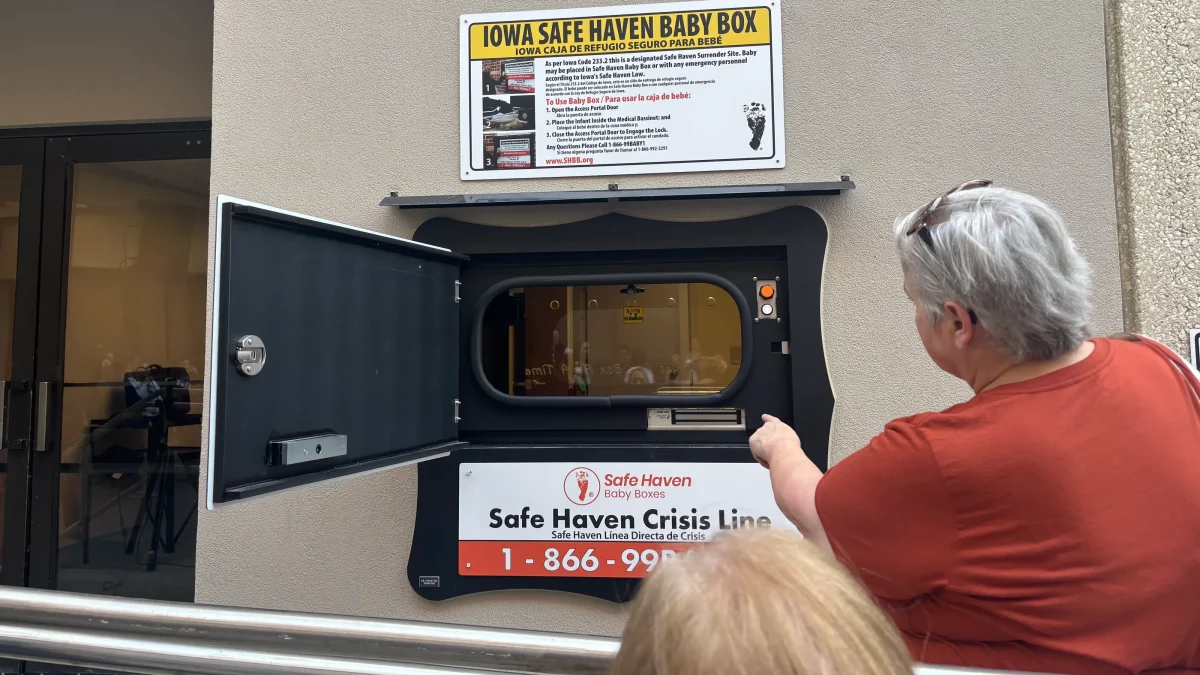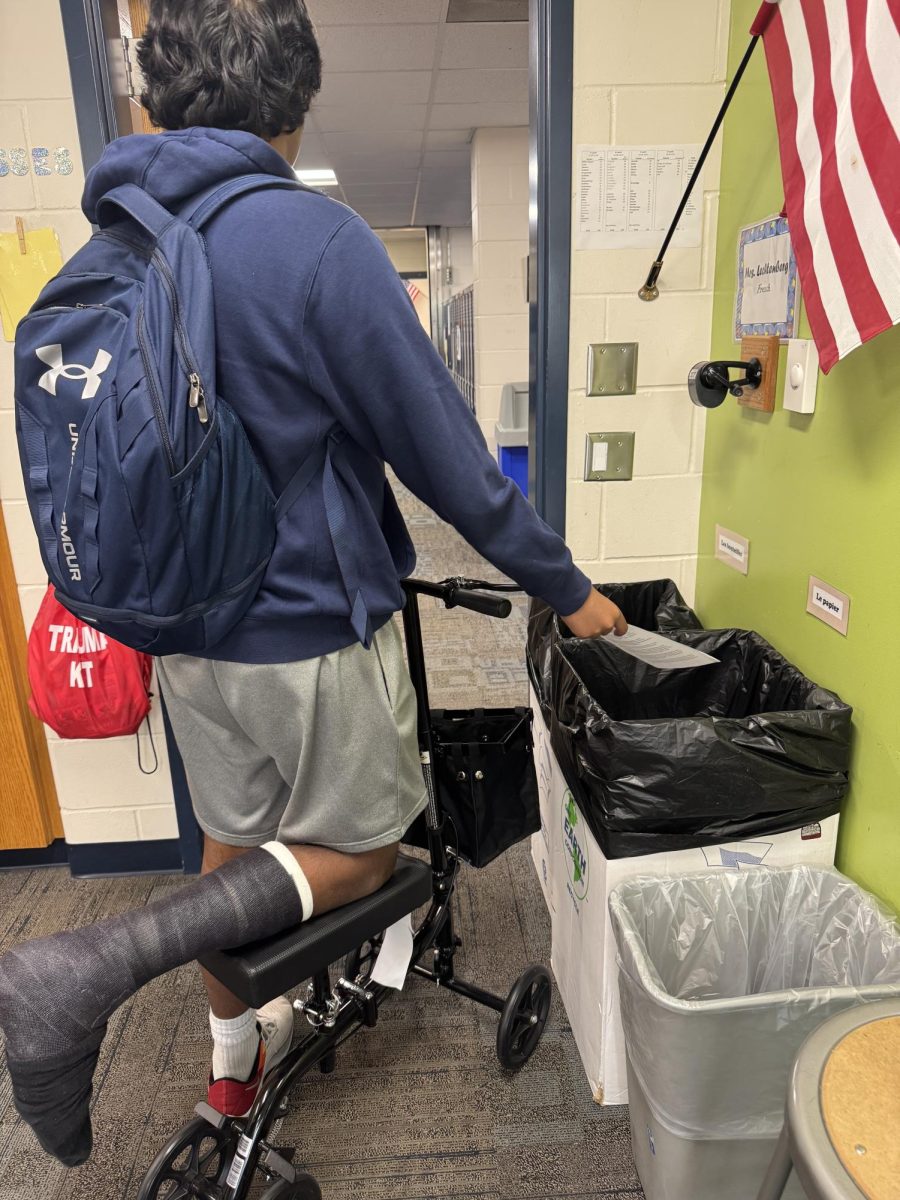On Friday, Jan. 6 around 1 p.m. EST, there was a deadly shooting at the Fort Lauderdale-Hollywood International Airport in Florida, which killed five people and injured eight. The suspect, 26-year-old Esteban Santiago, opened fire on a group of people waiting for their luggage at a baggage claim. A press release later told, “Santiago started shooting, aiming at his victims’ heads until he was out of ammunition.”
When police made it to the scene about one minute after the first shots were fired, Santiago surrendered himself and was taken into custody.
A tweet from Ari Fleischer, a former White House Press Secretary who was at the airport when the attack occurred, stated, “I’m at the Ft. Lauderdale Airport. Shots have been fired. Everyone is running.”
In all the panic, there were many false reports of other shootings people thought they heard in different places around the airport. It took hours for law enforcement to thoroughly search the entire facility and ensure there were no other threats before all the passengers, who had been moved out onto the tarmac, could leave.
Santiago had arrived in Fort Lauderdale after taking two flights from his home in Alaska, all while making it through security with a semi-automatic handgun and ammunition. Once in Fort Lauderdale-Hollywood, Santiago went inside the bathroom to load his gun, walked into the baggage claim, and started shooting.
How could Santiago be able to make it through all that airport security with bullets and a gun? It is legal for travelers to fly with weapons and ammunition as long as the gun is in a hard case and the bag(s) is checked. As for loading the gun inside the Fort Lauderdale airport, modern airport security uses a layered approach that causes the security to get tighter and tighter as passengers get closer to boarding their planes. The main focus is on preventing airplane attacks. However, this tragic event suggests the current safety procedures need to be reevaluated.
The problem with enforcing strict security the second people walk through the airport door is that it takes too much time. The inefficiency would allow far fewer people to fly each day and increase the chaos and stress that typically come with trying to make a flight.
Sadly, as mass shootings seem to become more and more prevalent in our society, airports need to search for a better balance between convenience and safety. Here at PV, we have hundreds of students who just flew over Christmas Break and/or will fly during Spring Break.
Senior Anna Grace Molinari recently returned from a trip to Sweden and commented on her feelings about airport safety. “Moline [airport feels safer than larger airports like O’Hare] because it’s a lot smaller and there are probably fewer bad situations that could occur.”















